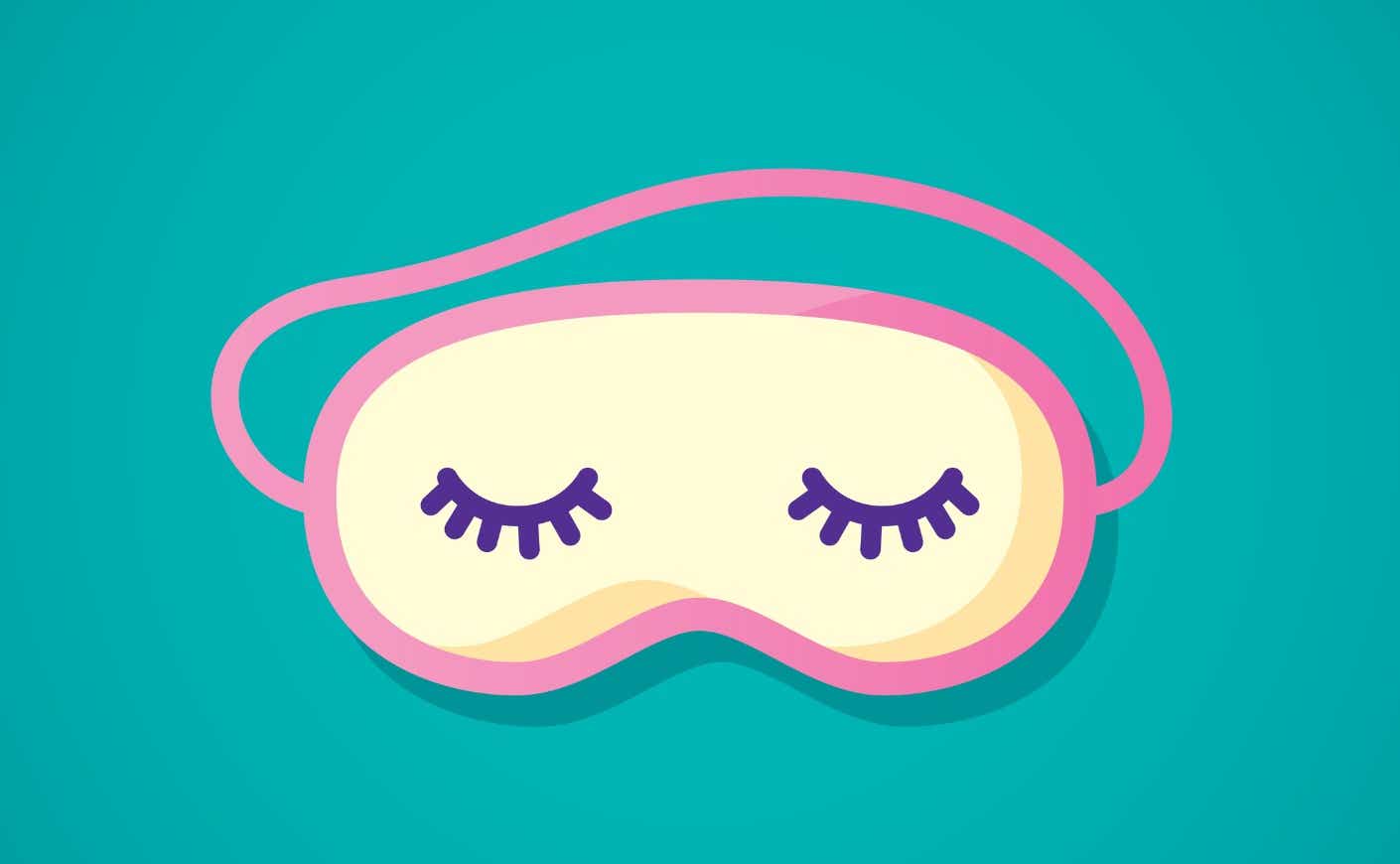It’s called the 30-90 rule.
Have you ever taken a nap only to wake up feeling just as tired as you were before you fell asleep? As frustrating as that can be, it could have to do with your sleeping technique.
Sleep researcher Dean Croke recommends what’s known as the 30-90 rule. As the name suggests, it means aiming to get either a 30-minute or a 90-minute nap to take advantage of the sleep cycles and avoid waking up during deep sleep, which can have some serious consequences — but more on that later.
So what’s the story behind this method? You might be surprised to learn that Croke developed the sleeping strategy for truck drivers, who often have to stick to long and exhausting schedules that keep them driving well into the night.
“When you engineer sleep into a driver’s day, all sorts of good things happen. Well-rested drivers make about 10 percent more miles per week if they’re taught how to sleep,” he told Fast Company.
The science behind the 30-90 rule
Croke says your body is essentially programmed to sleep twice a day — once at night, and then again eight hours after waking up. That said, naptime (or your “second sleep”) should be timed to last either 30 minutes or 90 minutes, but nothing in between, to avoid interrupting your sleep cycles.
Counter to what you might think, more sleep doesn’t necessarily mean better sleep. That’s because our brains sleep at about an hour and a half intervals. For instance, roughly 30 minutes after you drift off, your brain enters into restorative sleep, during which your body and immune system go through a repair phase. This typically lasts between 30 and 75 minutes, before your brain starts to wake up and you finish with rapid eye movement (better known as your REM cycle). But if you interrupt this deep sleep, you could wake up feeling groggy or grumpy. When this happens, Crock says it takes a good 20 minutes for the brain to get into gear, so “the timing of sleep is absolutely critical.”
For this reason, the number of minutes you sleep can really matter. If you aim to boost your memory and concentration, a short nap is best, but if you haven’t been getting the recommended seven to eight hours a night, then you should aim to get a full 90-minute sleep cycle.
The benefits of napping
While taking naps felt like the bane of our existence in kindergarten, about one-third of adults in the U.S. squeeze in a daily doze, according to the National Sleep Foundation.
But the truth is napping is important for both kids and adults alike. Experts agree that taking a siesta can have a wide range of positive health benefits, including everything from boosting your immune system and helping your brain function more efficiently to drastically improving your memory. German researchers even found that a 40- to 60-minute nap can improve your recollection of basic information nearly five-fold (This obviously doesn’t jive with the 30-90 rule we were just discussing, so suffice it to say opinions on how much napping is right are varied.)
Getting some shut-eye can also even just improve your overall mood by boosting the production of a hormone that blocks certain chemicals caused by stress. “Napping can help you feel a little more energetic, alert, and relaxed,” psychologist and behavioral sleep disorder specialist Michelle Drerup, PsyD., told the Cleveland Clinic.
The downside to napping
Unfortunately, the research on napping isn’t all rosy. For example, the urge to sleep during the day could mean you’re not getting enough sleep at night or are dealing with a sleep disorder, such as insomnia, restless legs syndrome, or narcolepsy. So if you suddenly feel tired or fall asleep without warning, it may not be a bad idea to take these potential warning signs seriously and consult your doctor.
A tendency to nap could also point to an underlying health condition. According to a study published last July in the journal Hypertension, people who napped regularly had a 12 percent higher chance of developing high blood pressure, and a 24 percent higher risk of having a stroke. These findings came less than a month after the American Heart Association announced that it was adding sleep to its metrics that measure cardiovascular health.
“This study echoes other findings that generally show that taking more naps seems to reflect an increased risk for problems with heart health and other issues,” said Michael A. Grandner, a sleep expert and co-author of the American Heart Association’s “Life’s Essential 8” cardiovascular health score.
So, the bottom line is: If you’re going to be napping on a regular basis, it’s important to understand the pros and cons — and to sleep strategically.









